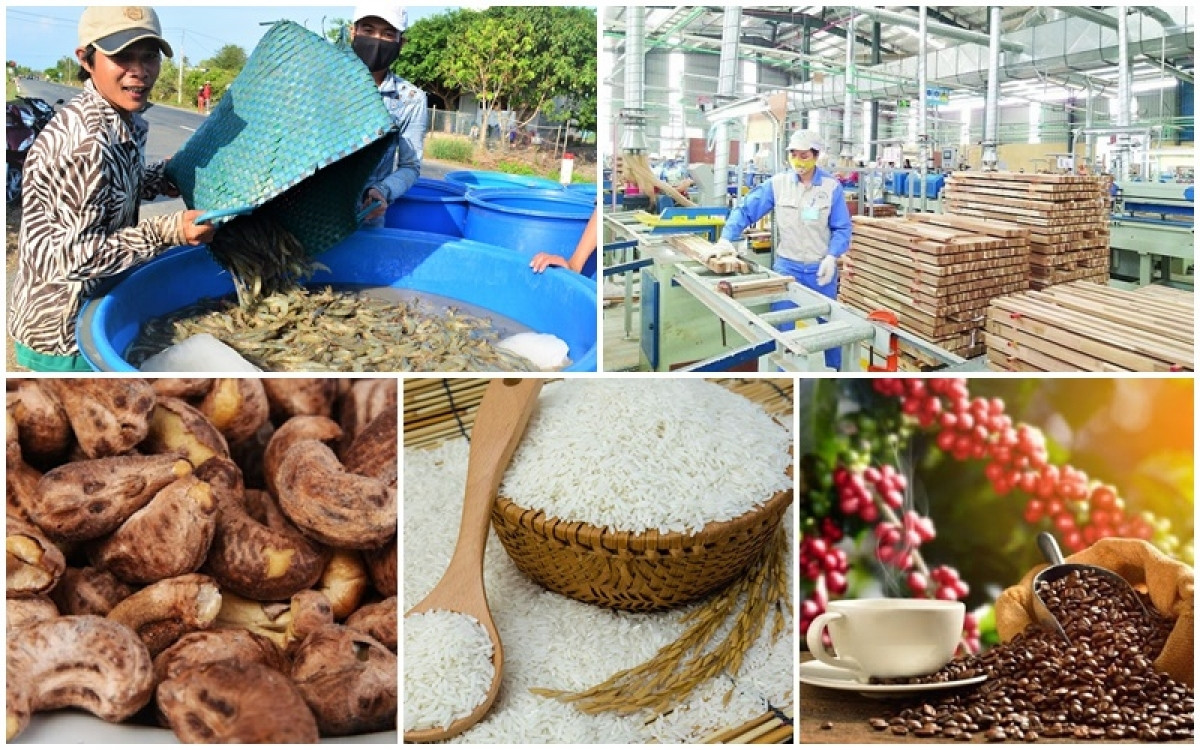
This goal was set out in the Government’s Decision 858 signed by Deputy Prime Minister Le Van Thanh to approve the country’s strategy on agricultural mechanisation and development of the agricultural, forestry, and fishery processing industry until 2030.
According to the details of this strategy, the nation’s mechanisation rate by 2030 would stand at over 70% for crops, 60% in animal husbandry, and 95% in aquaculture.
Furthermore, the growth rate of value-added products in terms of the agricultural processing industry would reach an annual average of 8% until 2025, with this rising to 10% until 2030.
By 2030, over 70% of major agricultural processing centres will have adopted medium to high-level technologies, while 60% of the nation’s agricultural export staples will consist of processed products.
The Government is eying the establishment of several major agricultural corporations that boast an international-level financial capability and corporate governance, in addition to industrial clusters for processing farm produce linking with concentrated material regions and distribution networks.
As a means of carrying out this strategy, the Government will continue to refine institutions and regulations, including regulations on land management, policies, and mechanisms on co-operation among provinces, cities, and Government agencies to achieve mass agricultural production.
Tax incentives for the agricultural processing sector, along with machinery, equipment, and technology in agriculture, will be proposed to be amended when the National Assembly reviews the Law on Taxation.
Moreover, technological advancements are anticipated to be applied in the farm production process, along with a range of incentives which will contribute to training a high-quality workforce for the mechanisation of agriculture.
The banking sector can therefore be held responsible for providing preferential loans for the cause of agricultural development, especially for projects that form large-scale farm produce processing, storing, and distributing centres.
The Ministry of Agricultural and Rural Development would therefore seek to restructure concentrated agricultural production regions according to three groups of national, provincial, and local key products based on the advantages of each respective region.
The Ministry has been tasked with offering favourable conditions for mechanisation application and development of farm produce processing, including enhancing co-operation in agricultural production and distribution, with businesses being key in the value chains.
Source: VOV